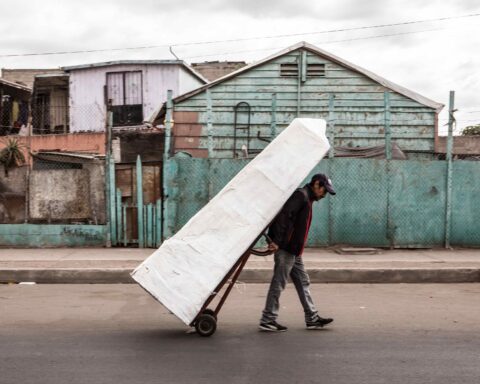Kyle Thompson was born in Chicago in 1992 and he is currently based in Portland, Oregon. His work is mostly composed of self portraits, which he shoots using a timer and moving slowly in front of the camera as if it was a solitary performance. Thompson’s carefully staged photographs encapsulate an ephemeral narrative: it is more of a work of pre-production, than of any post-production. He began taking photographs at the age of 19 after finding interest in nearby abandoned houses, sometimes even living in these houses for a couple of days to work on a particular shot. The work of Thompson was also published in important international magazines, such as National Geographic and Vogue Italia. Selected Solo Show: Open Stage, curated by Gabriela Galati, Reggia di Caserta, promoted by aA29 Project Room gallery (2018); IN-Visible/Diario di uno schizofrenico, curated by Federica de Stasio, aA29 Project Room Caserta (2017); Ghost Town, One Grand Gallery, Portland (2015).
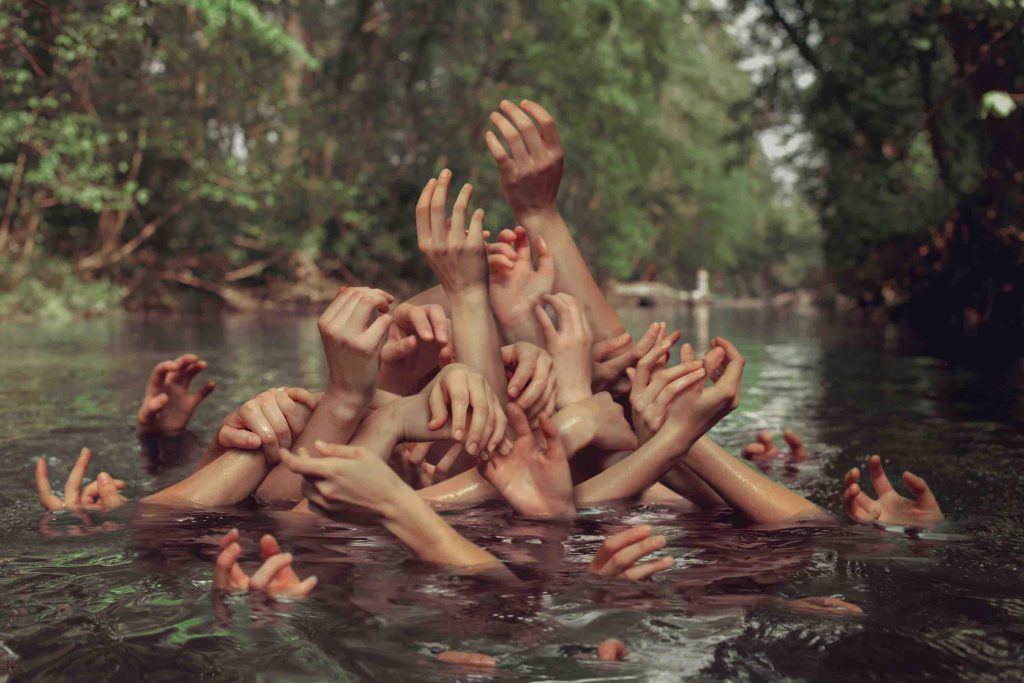
Gianluca Gramolazzi: Hi Kyle, you started to shoot when you were 19 with no photography education, right? I think that it gave you more freedom. Could you tell me how you approached photography and what your first photo was?
Kyle Thompson: When I was 19, a friend and I used to explore these abandoned homes in rural areas near us. His mom had a camera, and he started to bring it with, and we would pass it back and forth and take photos of each other in the abandoned homes. Soon after, I bought my own camera and went to more of these locations alone, with a tripod. At the beginning I had no strong approach, I wanted to let the location speak; I wanted to find places that were so interesting that people could ignore that the photos might not have been very technically proficient at that point. It was freeing though. Especially when I began to go out alone, and take my time to build up these moments. But the downside of teaching myself was that it took over a year to actually learn the bare basics of technical photography (ISO, aperture, shutter speed, etc). I think I was a bit too stubborn to actually look it up, and I just wanted to learn by testing things out. I realize now I could have learned that all in a week if I had tried, but I was only focused on building the scenes, not capturing them properly.
G.G. What are your inspirations?
K.T. My inspirations are generally based on location, which causes me to search out places that could help inspire my ideas. The locations are the most broad piece to define, and afterwards I start to narrow it down a bit until I’ve figured out each aspect. The location hints at the final mood, and can help guide me through the rest of the image. Otherwise I just seek inspiration in subtle contrasts. Using normal objects in an unusual way, or placing them in a context that they don’t belong.
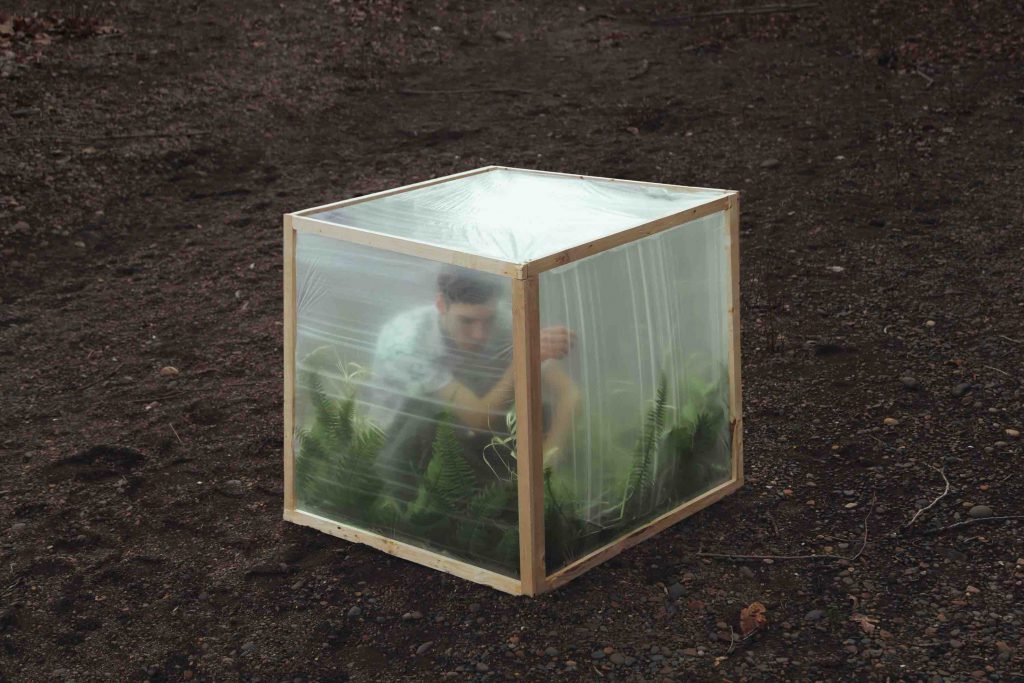
G.G. Could you tell me about the shot you like the most in your production?
K.T. This is a hard question, since my favorite shot changes very often, but I think it would be an image I took of a couple on a mattress in a ghost town. The idea was something I had in my mind for years, but always felt that the logistics of creating the image would be too complex. It all fell together though; I was on a road trip with a few friends, and I took them to an abandoned town that I had found years before. The town has been an enormous inspiration to me, and is the basis of my new series, Sinking Ship. One of the abandoned homes was connected to a junk yard, which had dozens of old rusty cars in the yard. I carried the mattress outside, and created the shot. I love the quietness in the image. It’s simultaneously cozy and uncomfortable, and I love the contrast between the subjects and the surroundings.
G.G. Which are the main themes you’re interested in?
K.T. In a broad way, my work almost always considers the way our personal environment affects us, and the way we affect it back. That push and pull. I like to investigate these subtle man-made attributes and their connection to the natural world that surrounds it. In my newest series, Sinking Ship, I did this while exploring abandoned towns, and examining this archaeological litter that began to blend back into the grasslands. In my previous series, Open Stage, I did this while searching for the last remaining natural areas in my city, and considering the small hints of the urban aspects that leaked through. In different ways, I’m always searching for that contrast.
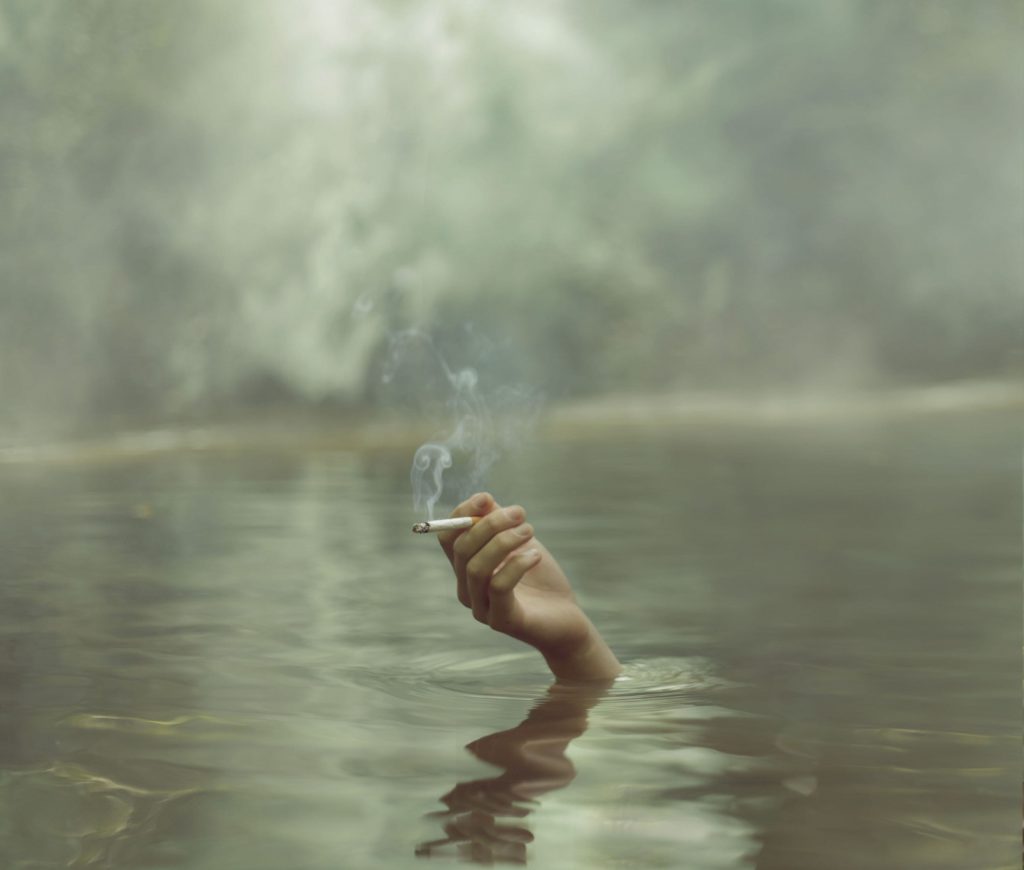
G.G. In previous interviews, you defined your artworks as “surreal conceptual photography”. Could you explain that to me?
K.T. Yeah, the images have a touch of surrealism, but often don’t make it fully there in the classic sense of the word. But there is always something a bit off about the moments. They usually have these strange juxtapositions, and feel out of ordinary life. With photography, the images require at least some sense of reality, which I think pushes surrealism to be a bit more common and relatable. The images usually begin with a concept; often overarching through a series, but also individually. Finding reason through the pairing of the objects, and some sort of purpose too.
G.G. Looking at your works, it seems that each one is connected to the others. How do you conceive a picture? What are your inspirations?
K.T. Throughout the day I’ll often think of small interesting juxtapositions and write them down. Usually just small fragments of a concept that seem interesting. For these ideas, I’m looking for a specific feeling. These kind of quiet and uncomfortable moments. Having these fragments makes it much easier when I have an overarching theme to work towards.

G.G. Your settings are extremely curated. How do you arrange it in such grimy places? Is it the environment that suggests the photograph to you?
K.T. I’m extremely inspired by places. When I started photography, it was often an excuse to bring myself places I wouldn’t otherwise go, and that is definitely something that has stuck. I’ll often drive around a lot, or look on Google Maps for spaces that look interesting or unique. Lately I’ve been taking long road trips out to the American grasslands, which is the least populated part of the country. The towns out there and nature are always so inspiring to me. I’ll often have a long list of vague concepts I’ve written down, and then when I find an interesting location, I’m able to curate through that and figure out which moments could fit with this scenery.
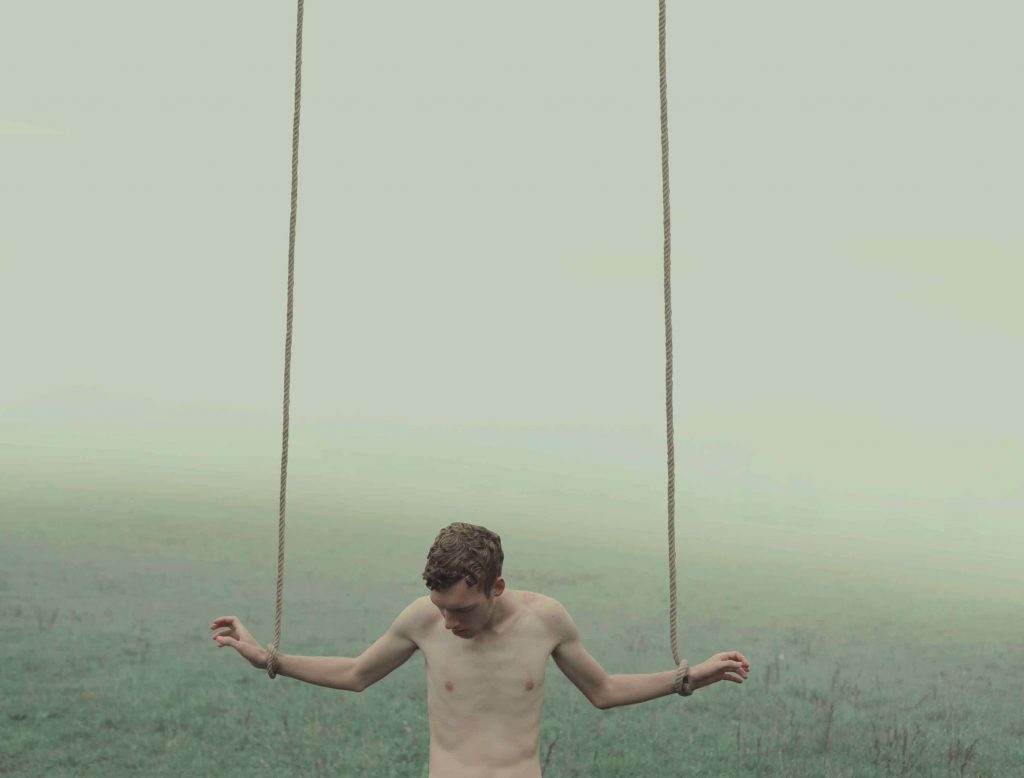
G.G. As part of Millennials, do you think the instability we live in is a starting point to shoot abandoned places, lonely forests and boundaries? How does the environment influence your work?
K.T. I suppose so. I think living in a city makes me try to search out quiet places around me. For a series I did previously, Open Stage, I spent time searching for these in-between spaces in the city. Small pockets of nature in between infrastructure; roads, highways, and buildings. Abandoned homes and forests are the same. They provide a space that is quiet and empty. Where I can place my own interpretations over the space without the constant quick change of the city, and properly build a moment that can reflect on that solitude.






